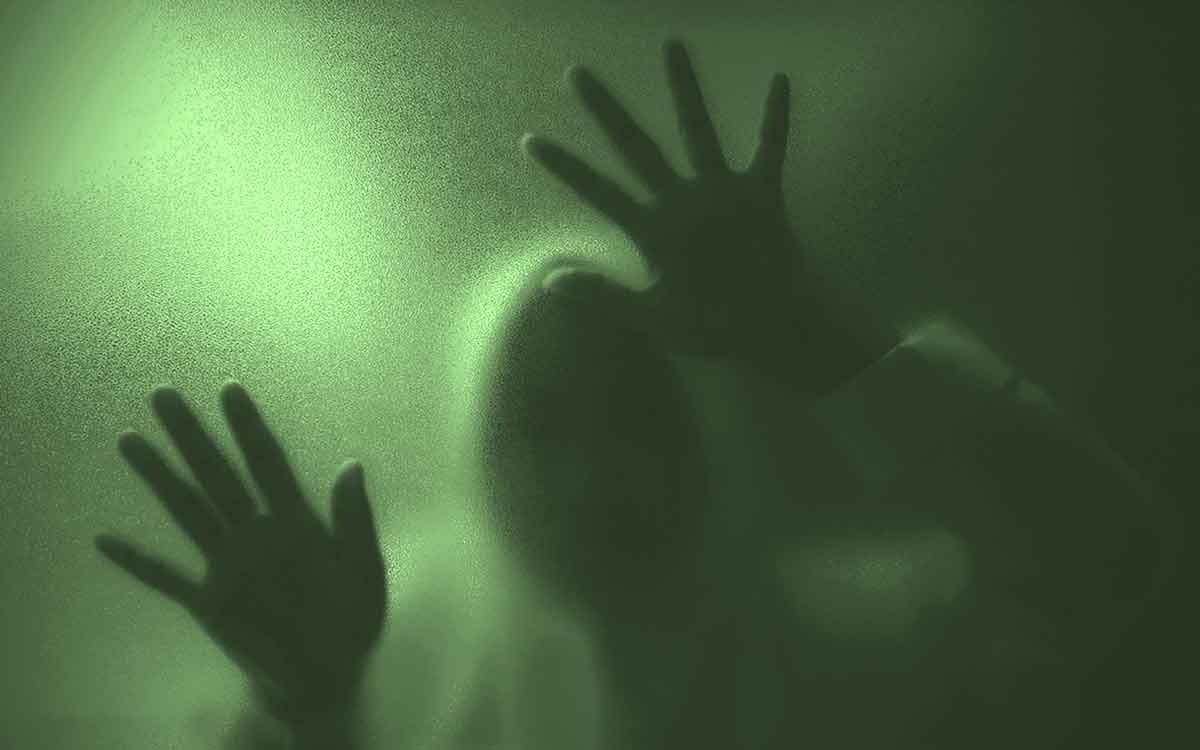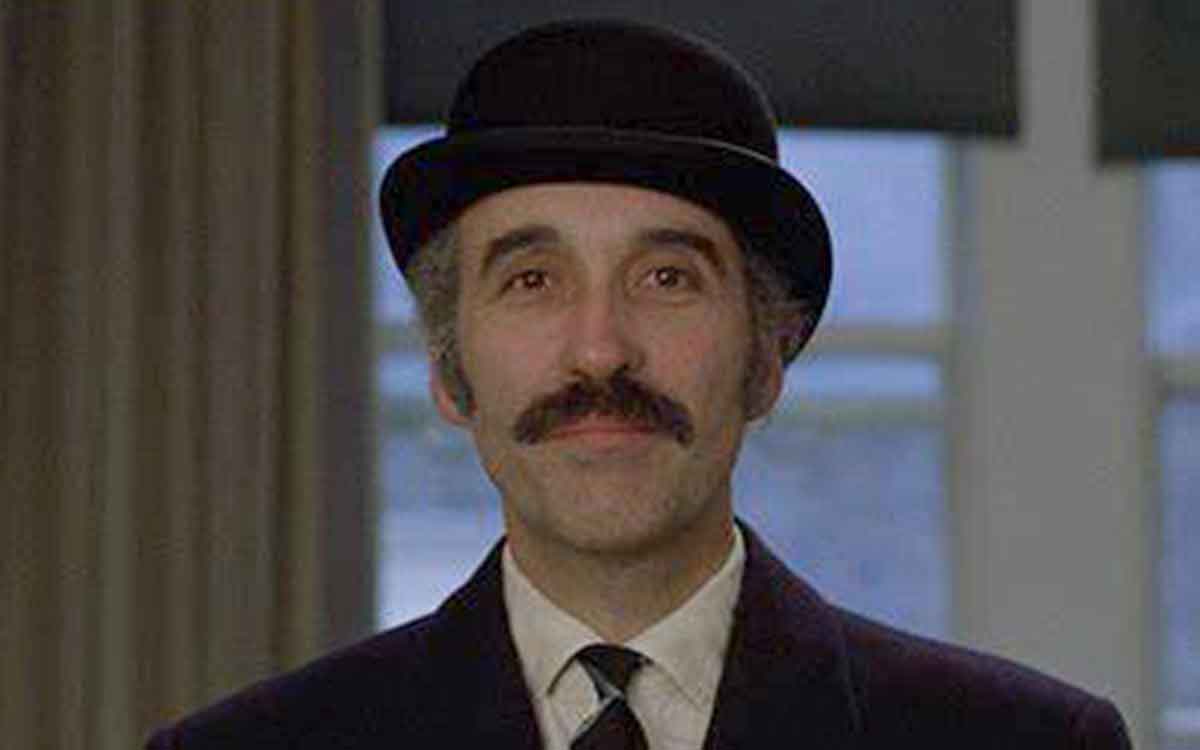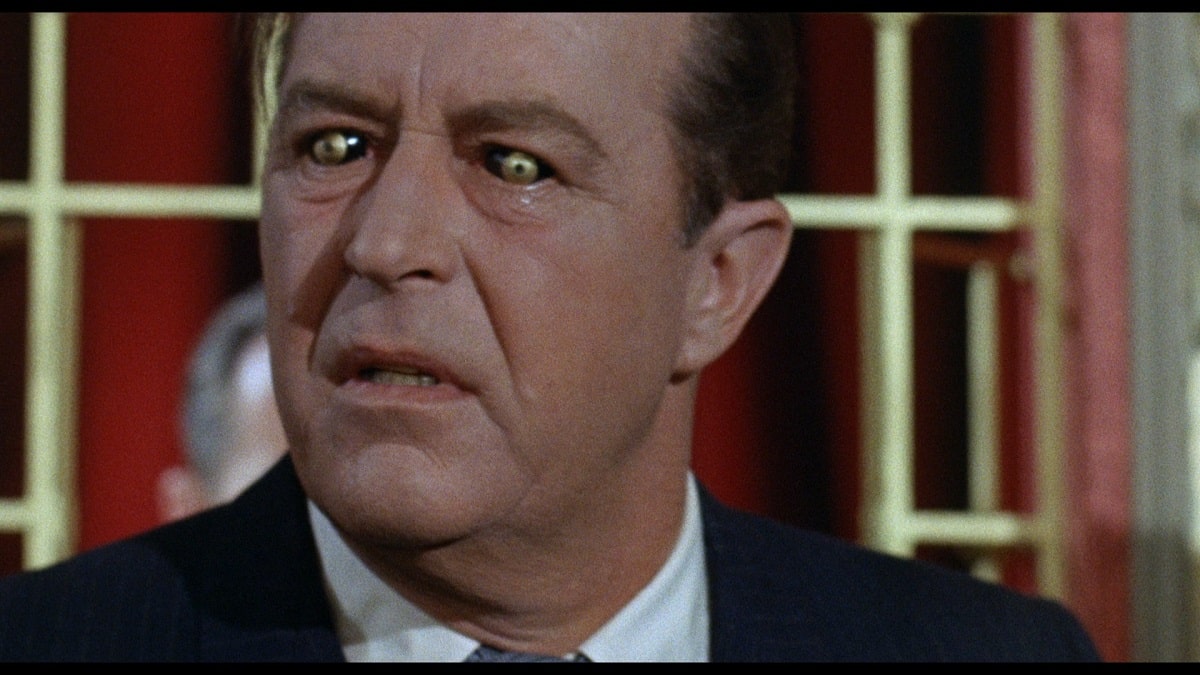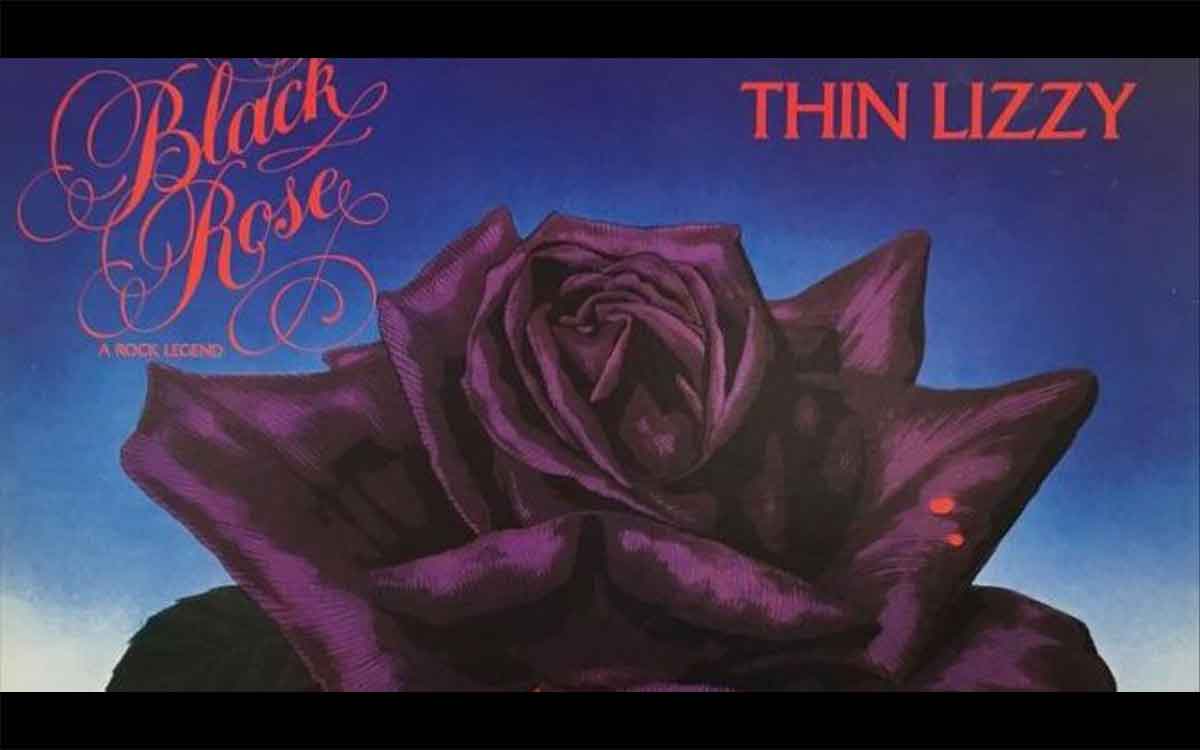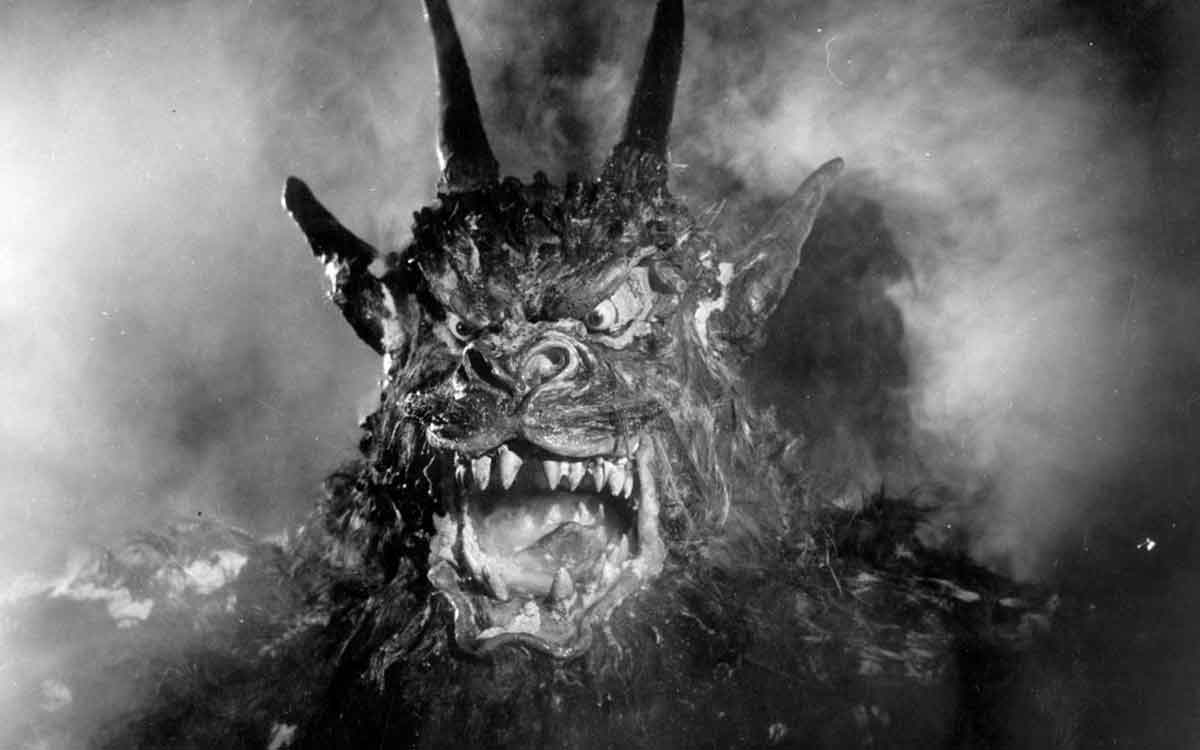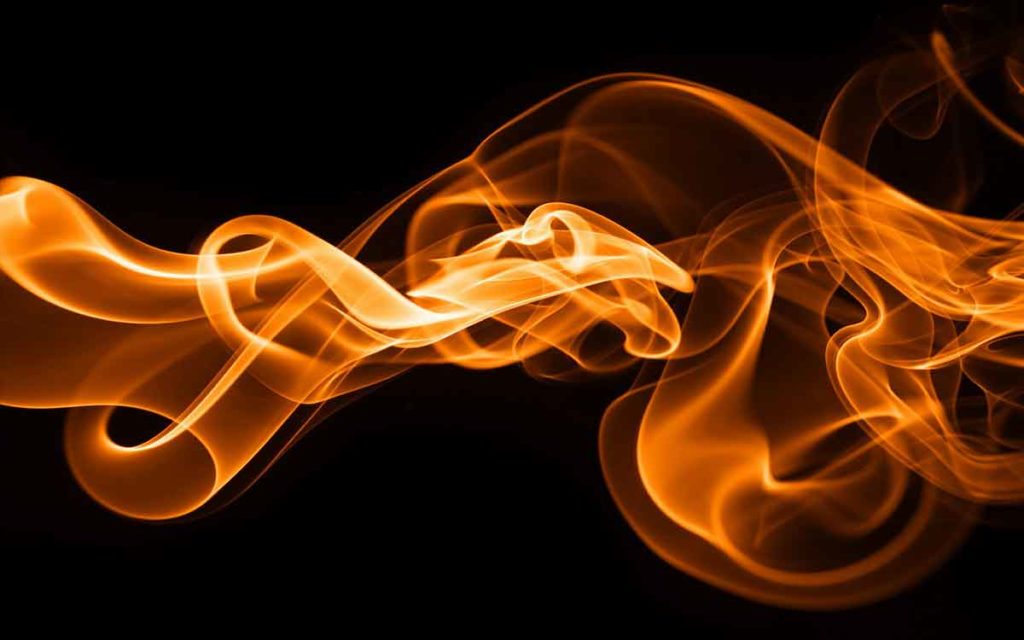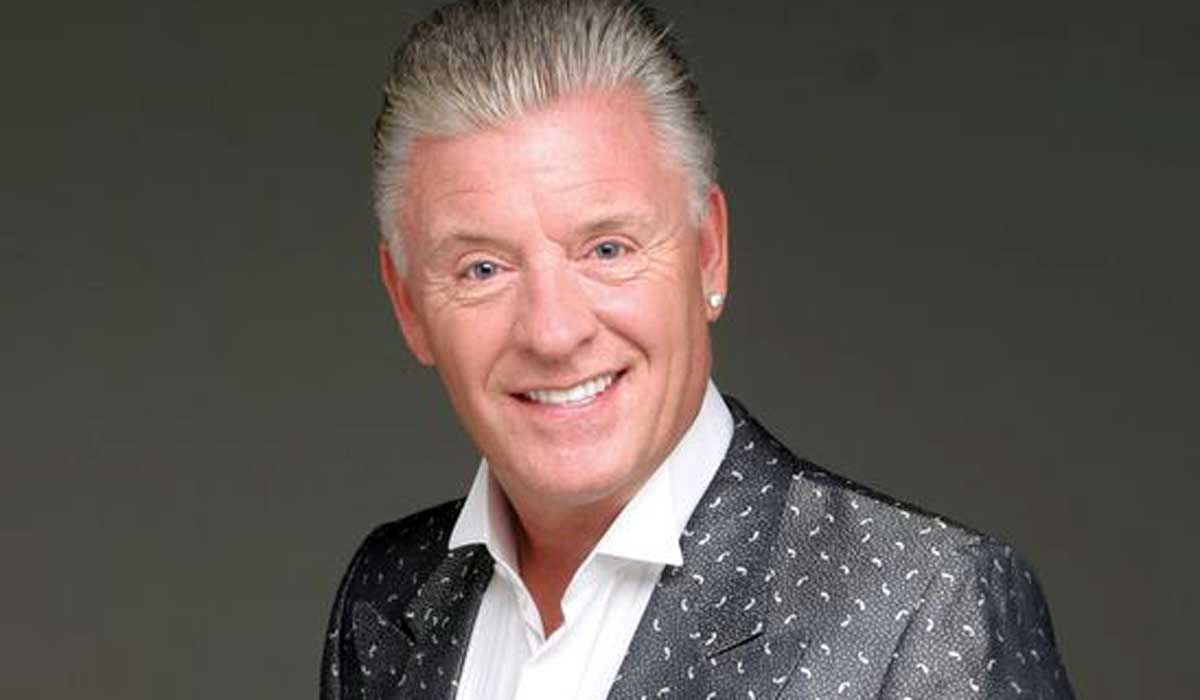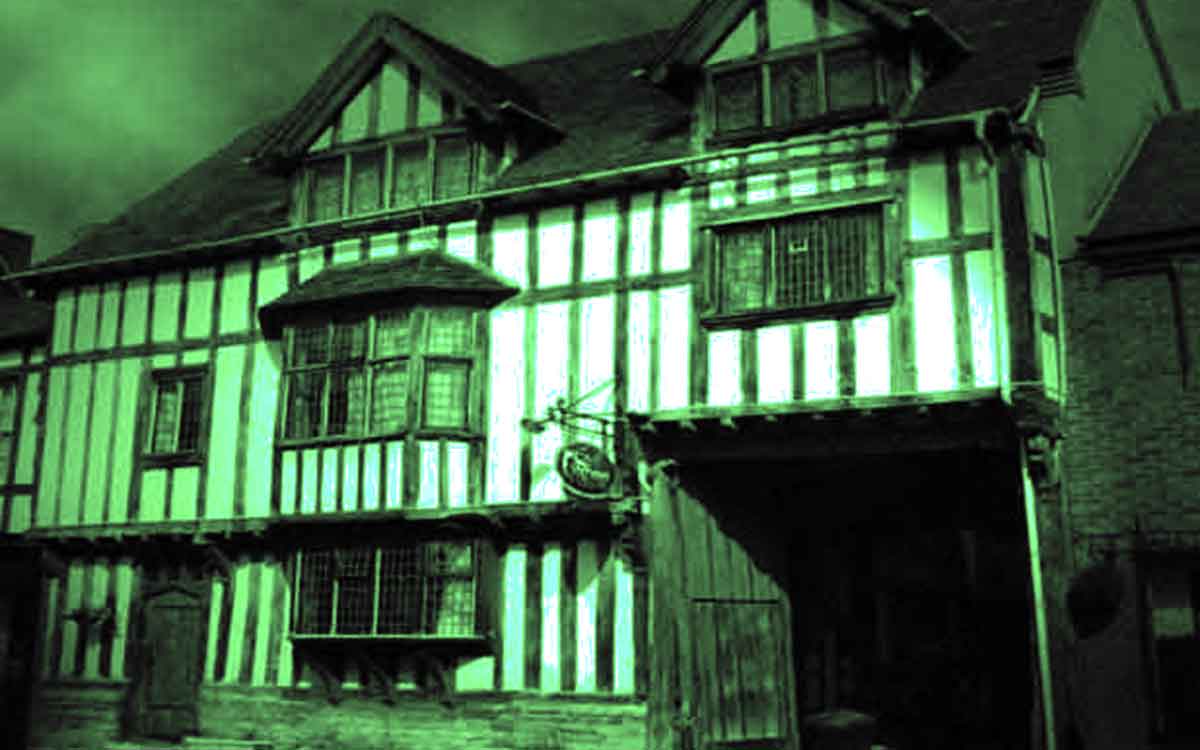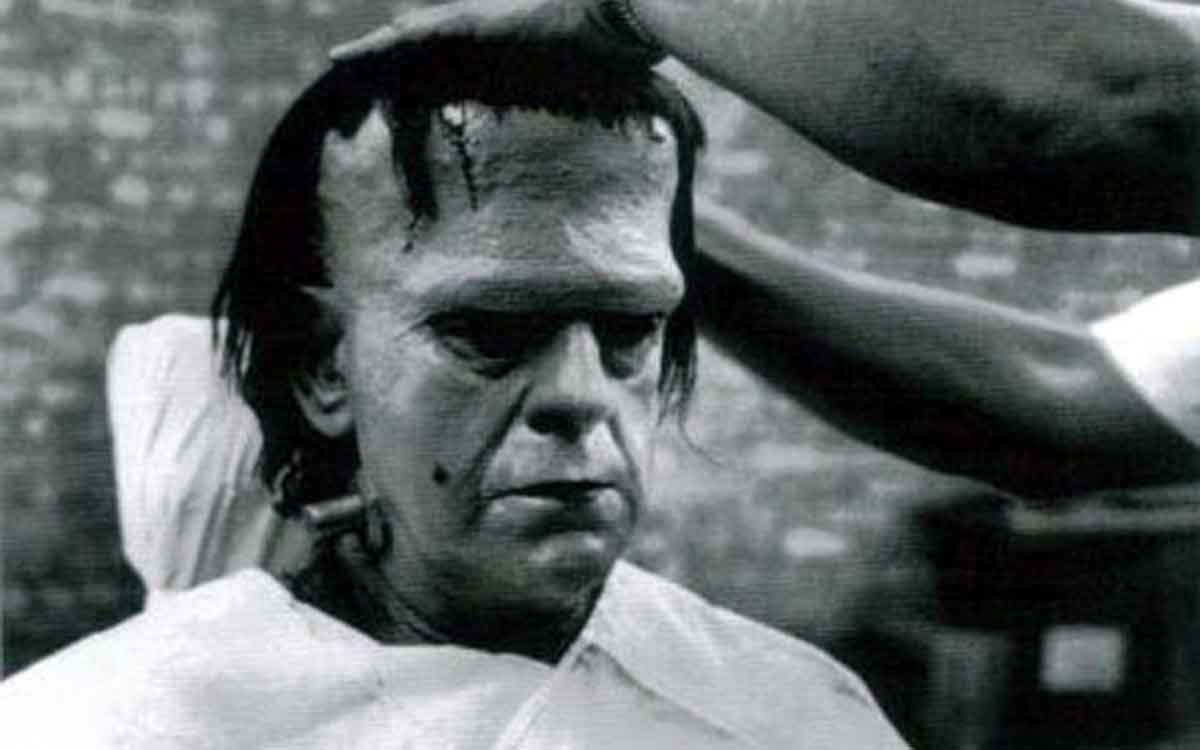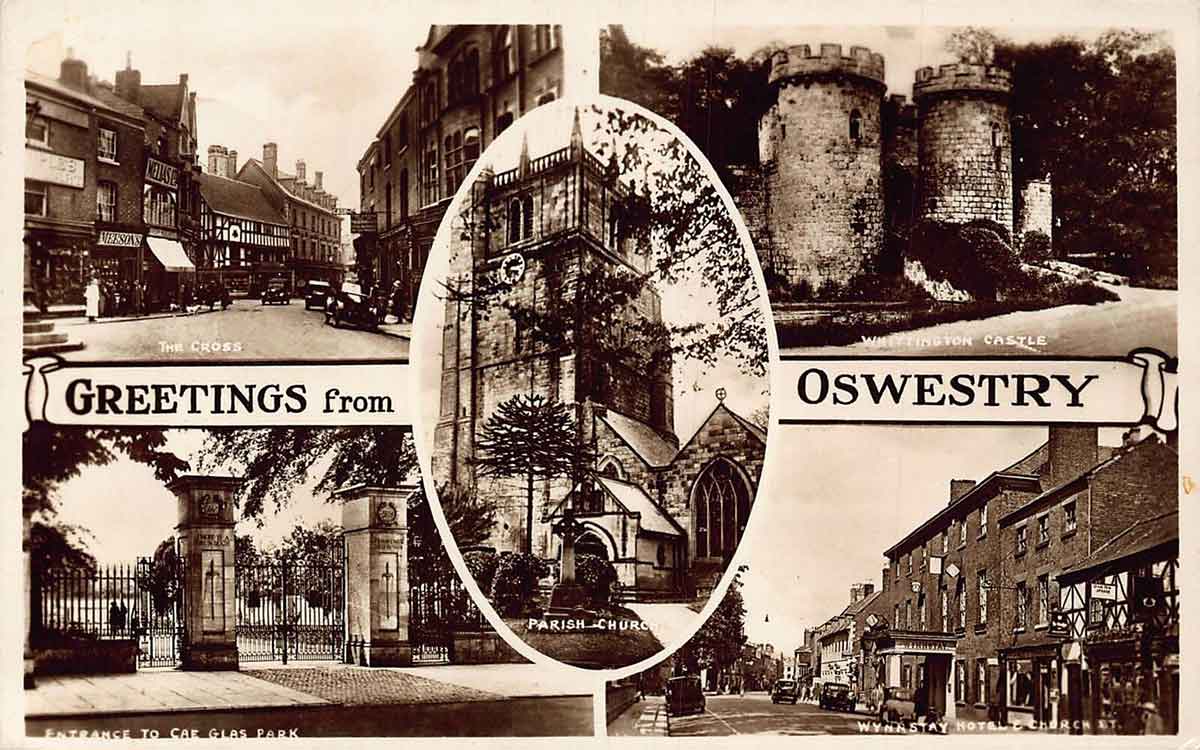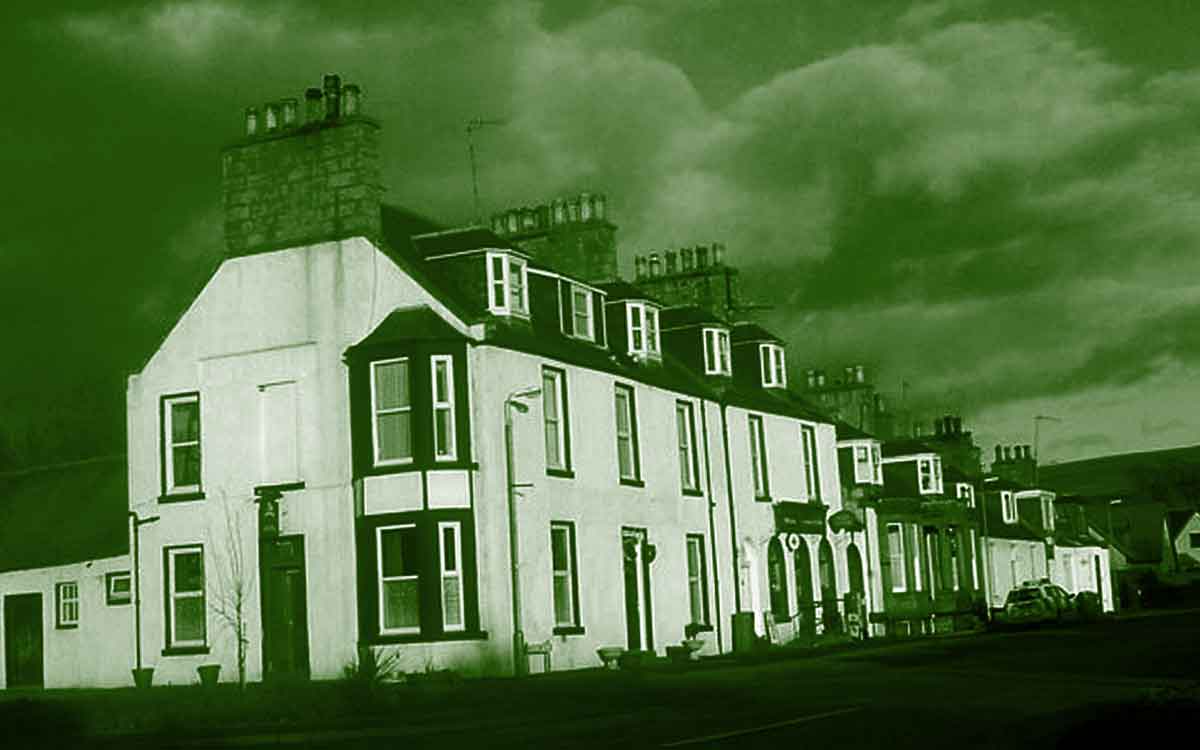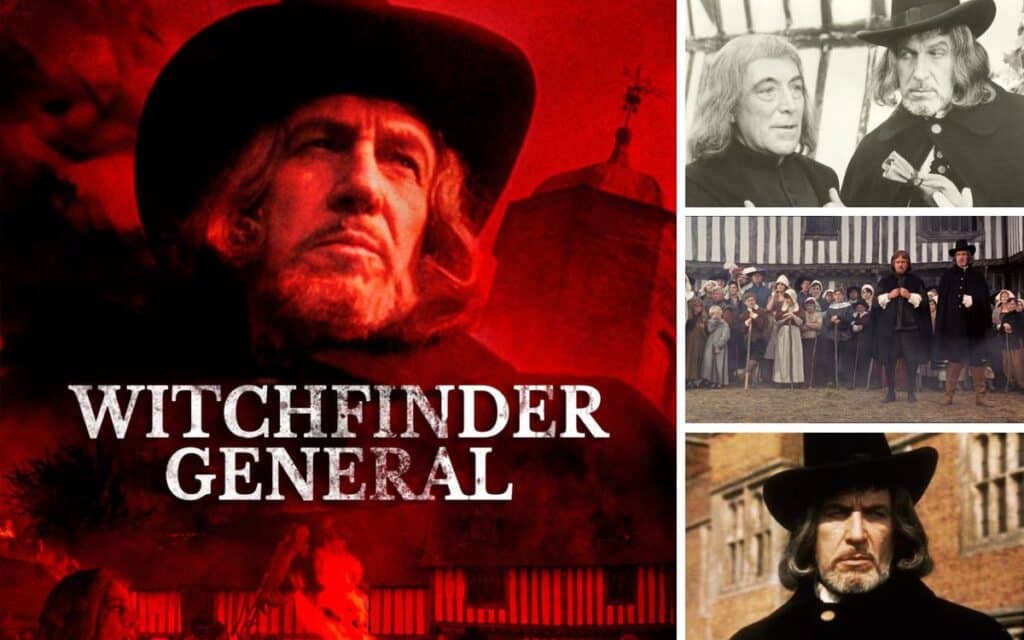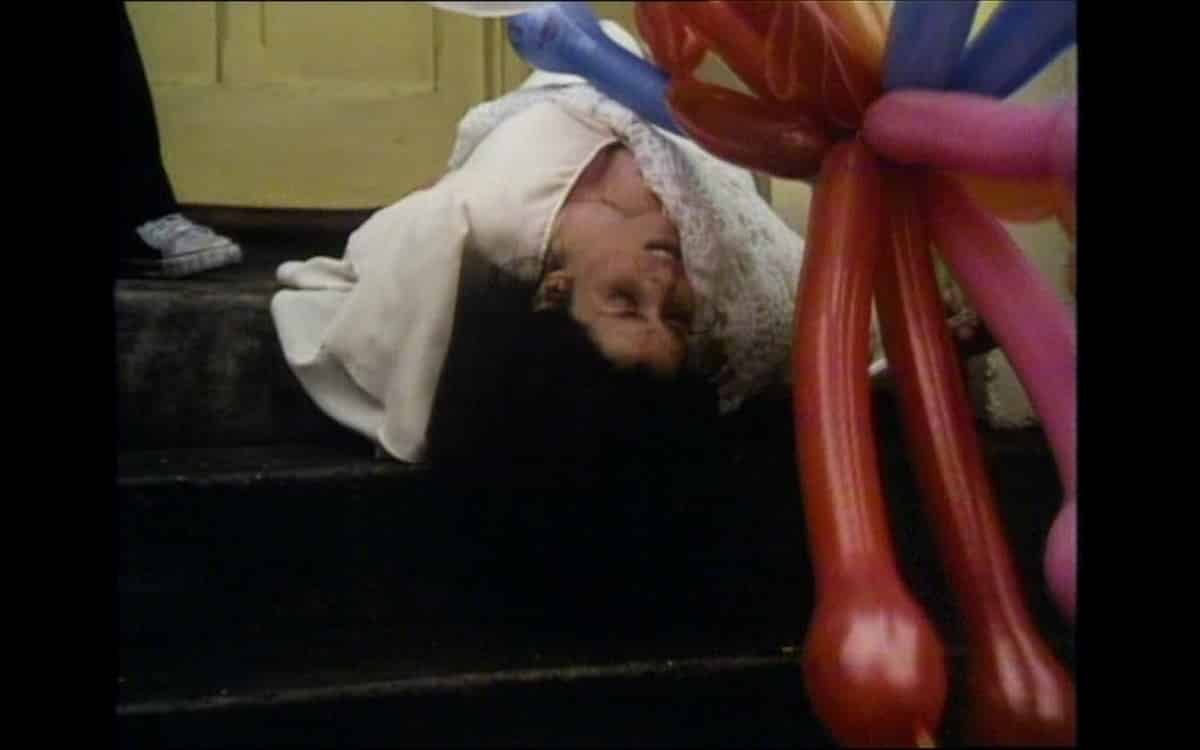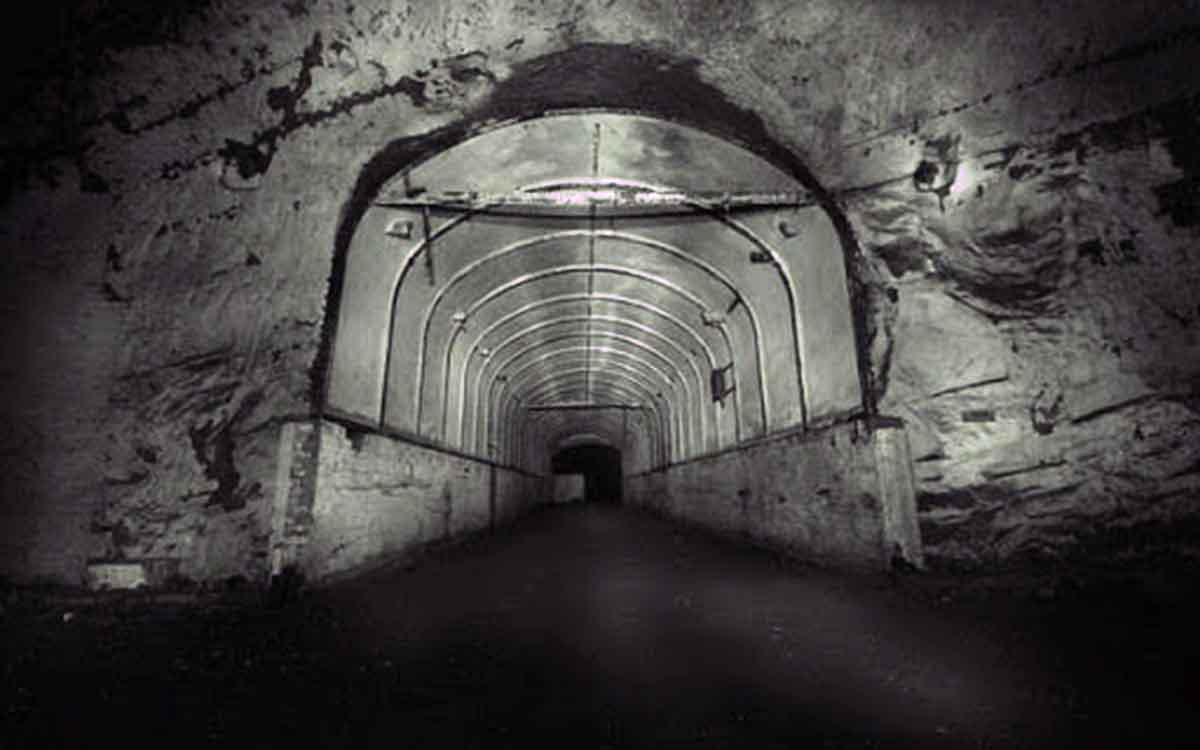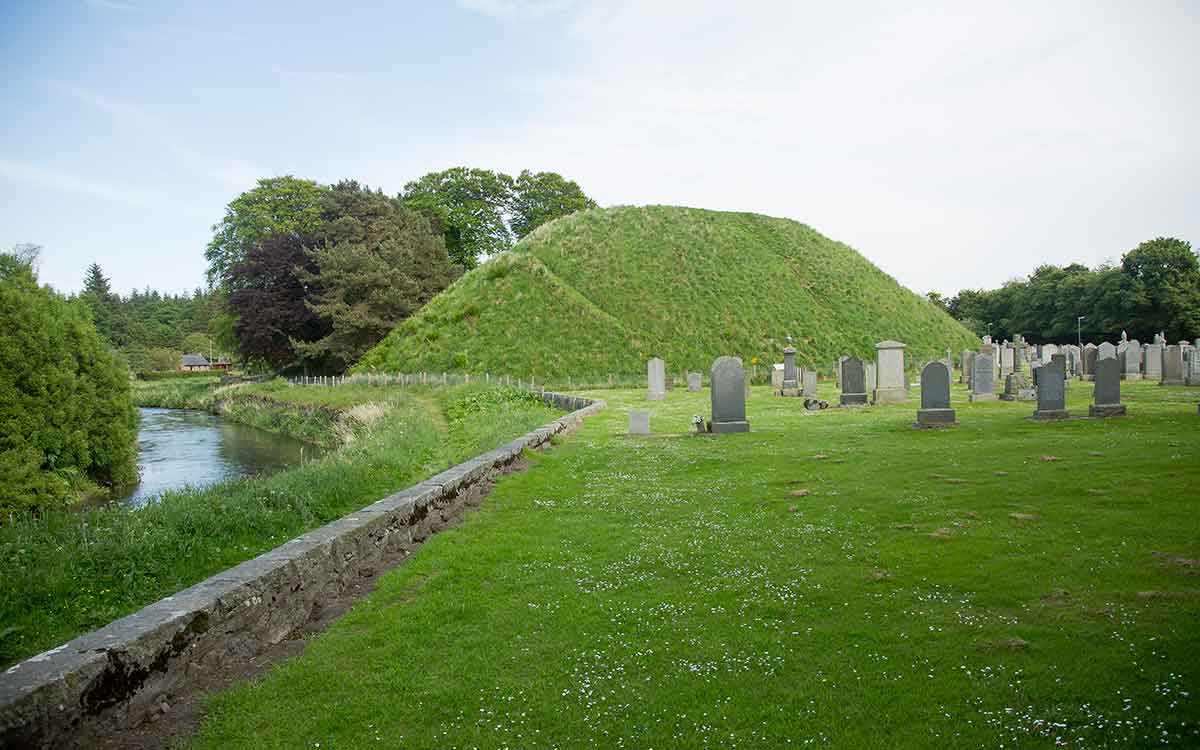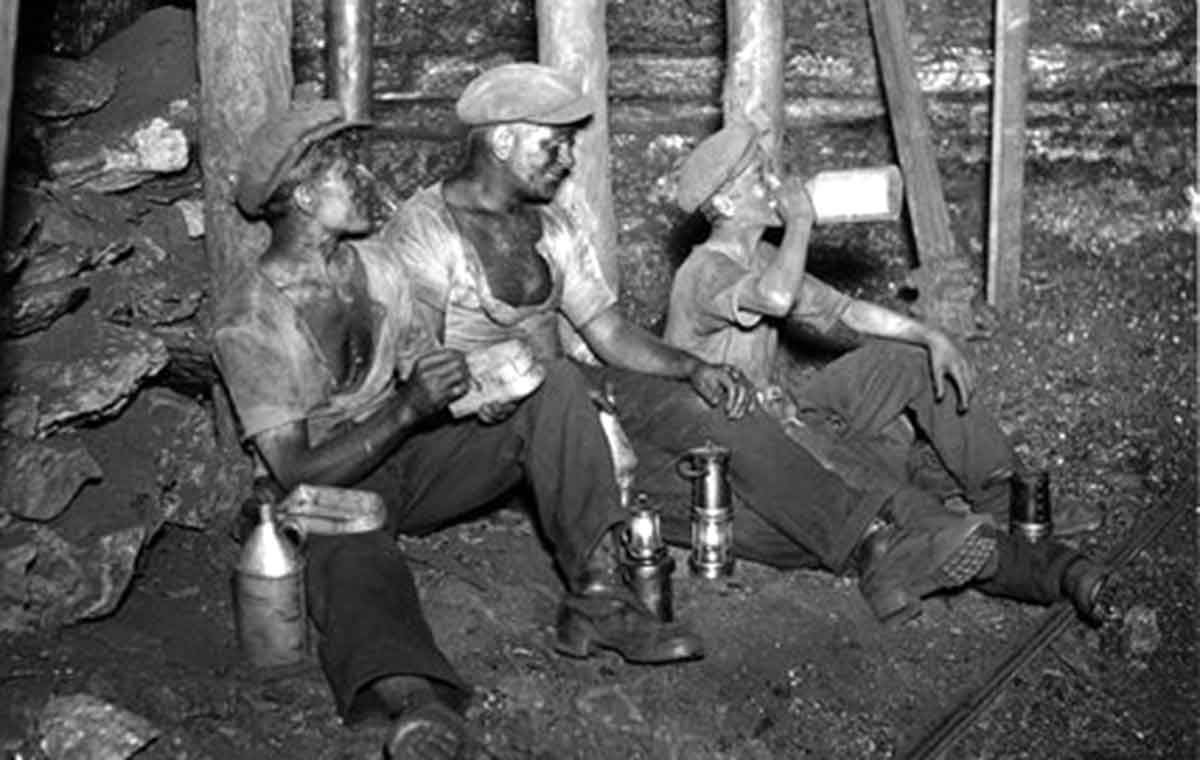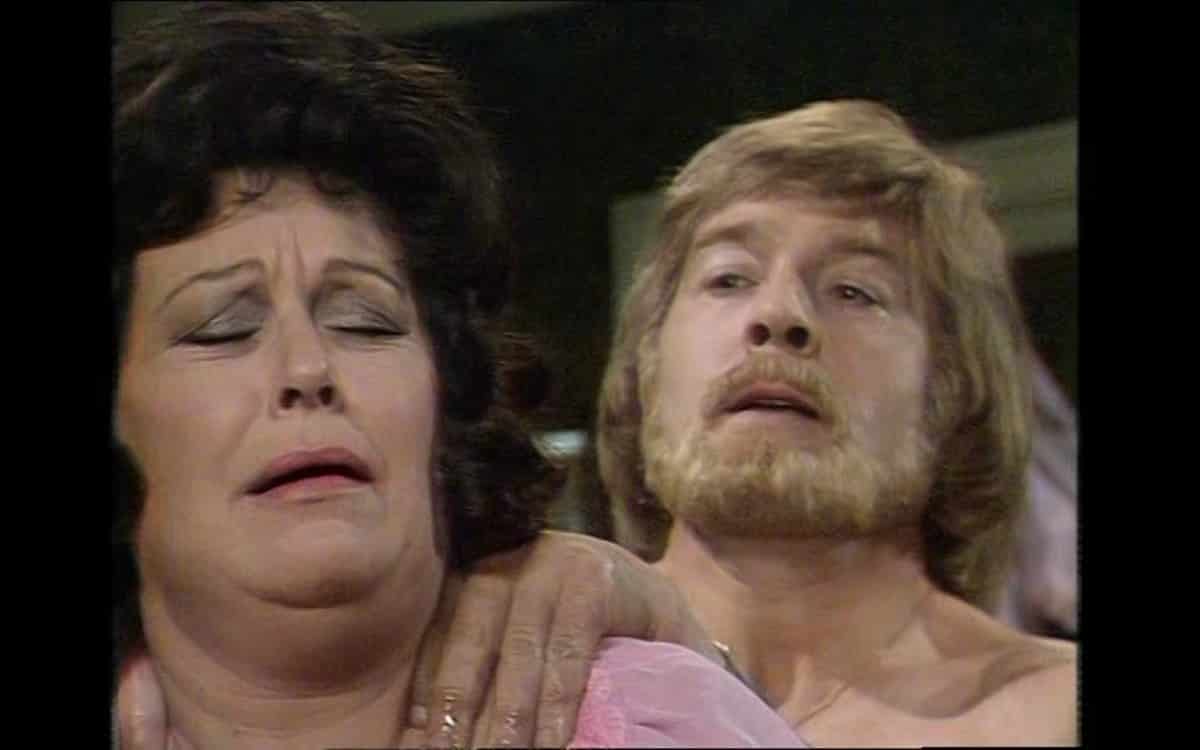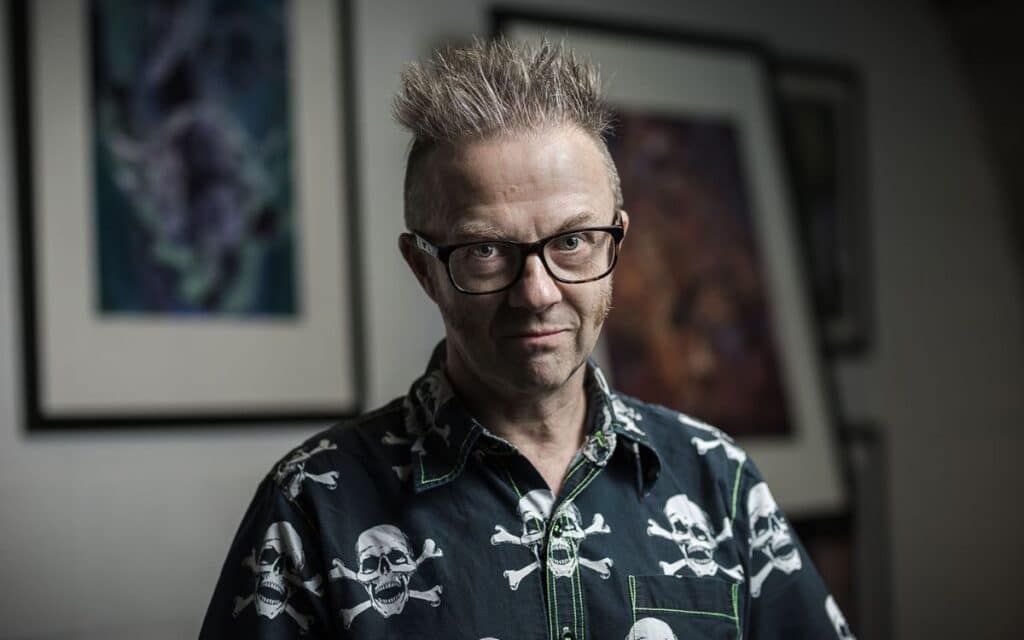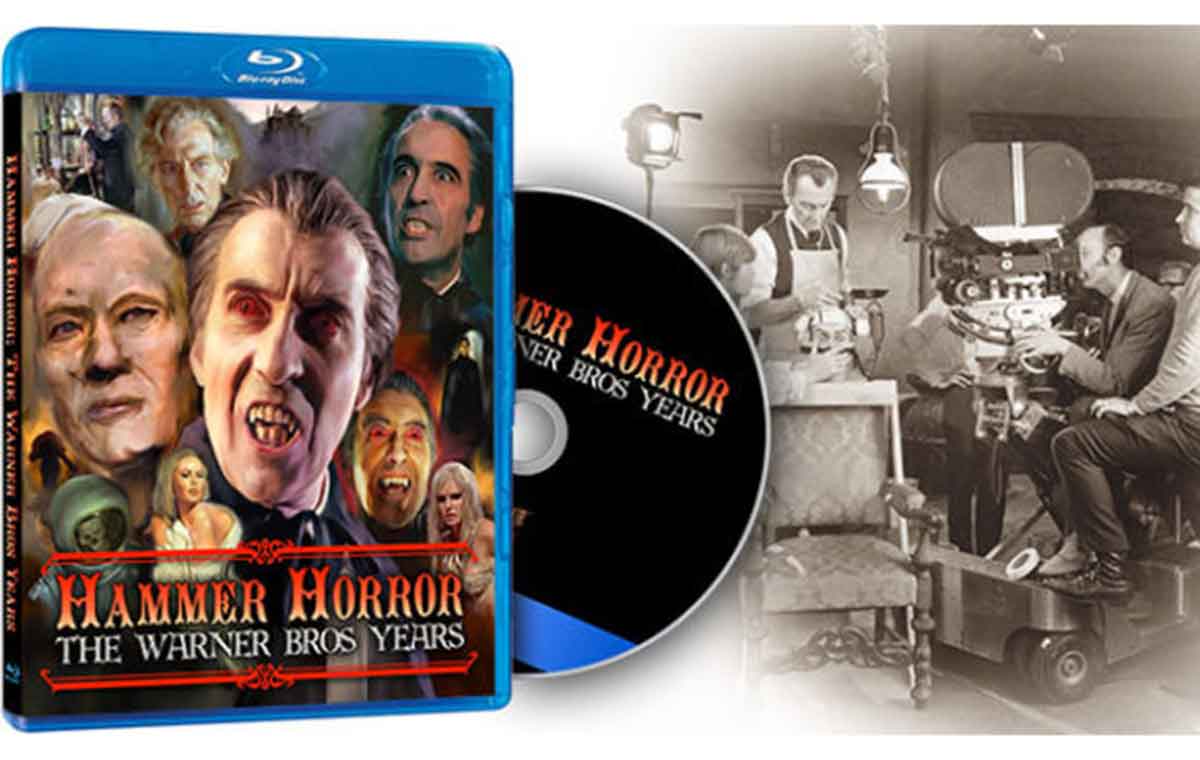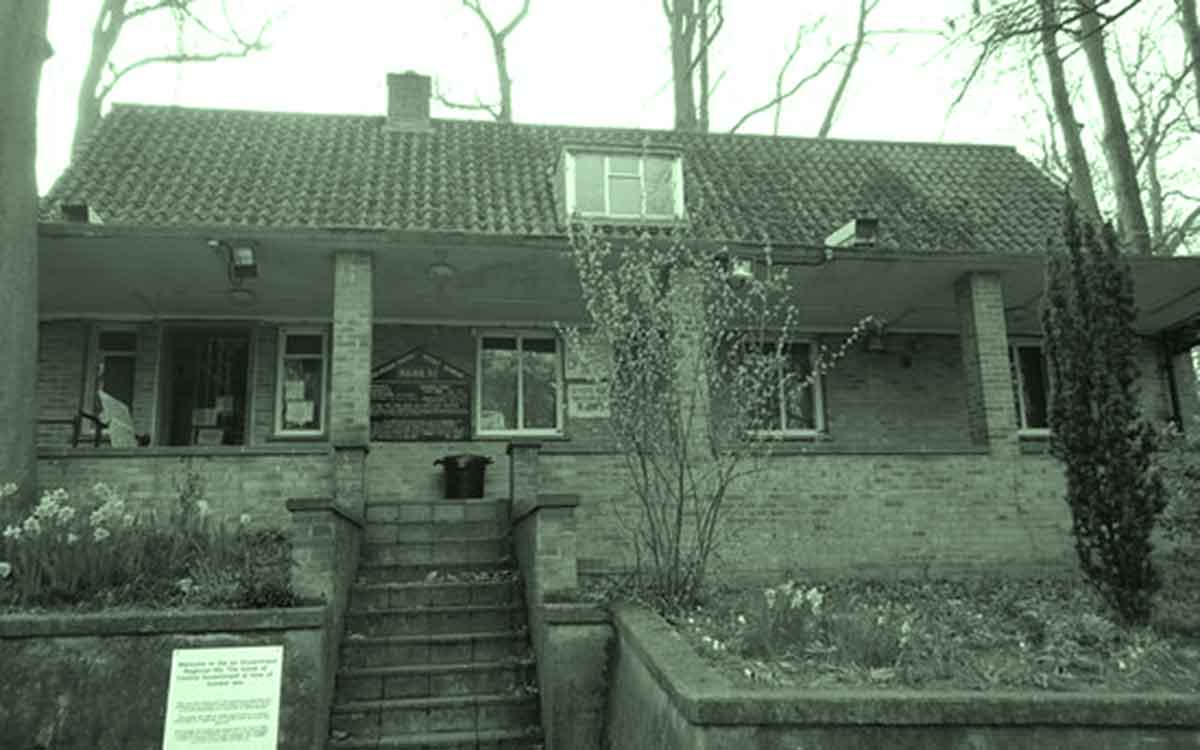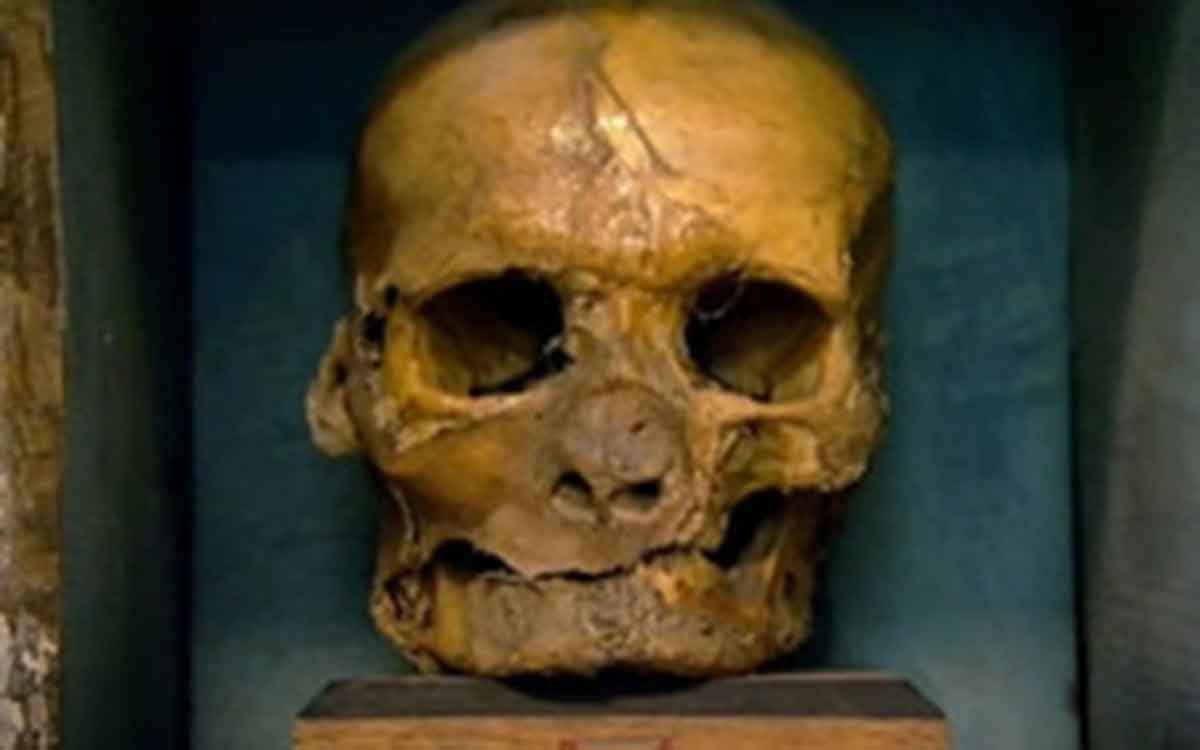Spiritual protection is a term that sounds a little strange if you’re not already familiar with it. Those venturing into reportedly haunted locations sometimes feel that it’s needed. Guest writer BETH DARLINGTON explains what it’s about.
What is spiritual protection?
Spiritual protection is a ritual of varying length, where a person asks to be protected on a spiritual level against any possible negative entitles.
The type of ritual largely depends on the person’s faith and beliefs of the afterlife and can be as simple as imagining white light surrounding them before they enter any location to burning sage, swirling it around their body and chanting for 10 minutes or so.
Some ghost investigation organisations do this for participants before they start a tour and some investigation groups may also do this as a team before going into a public location to investigate.
Why many feel it’s important
Many people who are interested in the paranormal feel it’s vital to do at least something like a spiritual protection before going into any reportedly haunted location. The belief is that there are not only innocent energies, but also those forces wishing harm to the living.
How does that look?
Negative energies can possibly make people feel sick or very emotional, all the way to psychical interactions like scratches or bruises and also the possibility of being pushed or dragged.
Of course, many people wouldn’t want to experience any of these, least of all by an unknown force.
They also don’t want the possibly of a negative energy following them home after being in a reportedly haunted location.
There have been many stories of people who’ve claimed to have had horrible disturbances after attending a ghost tour or paranormal investigation where people have seen an apparition to nightmares and even poltergeist activity.
So…. who do I do spiritual protection?
The above certainly leans towards a case for people to consider doing a spiritual protection ritual. If you are interested in doing such a thing, you may wonder where would you start.
Intention is the key. Start with something simple if you wish but the main thing is feeling empowered and in control and not in fear of what might happen.
This could be anything from carrying a lucky charm to maybe even a prayer of some sort. Research online and see what “fits” with you. Does burning sage calm you or do you feel better envisaging yourself in a purple bubble.
Or, you can be like me and don’t protect yourself spiritually at all. Yes. That’s correct. I actually don’t feel the need to personally.
Revelation – I don’t use spiritual protection!
Much isn’t known of a possible afterlife and there could be many different reasons to explain why people may experience something quite negative.
For me, it would be counter intuitive to spiritually protect myself because I’m often in the role of investigating possible paranormal phenomena. So, if there could be phenomena present (good or bad) then I want to experience it and find answers. I know, right? But it to me would defeat the purpose of working out what’s really going on and if anything, learning from it.
So – should you spiritually protect yourself? Only if you feel the need to. And if you do, respect those who don’t. Its very much down to personal choice and intent.
Paranormal investigator BETH DARLINGTON, from Access Paranormal, recently relocated to London from Sydney. You can find out more on Beth at https://www.accessparanormal.com


